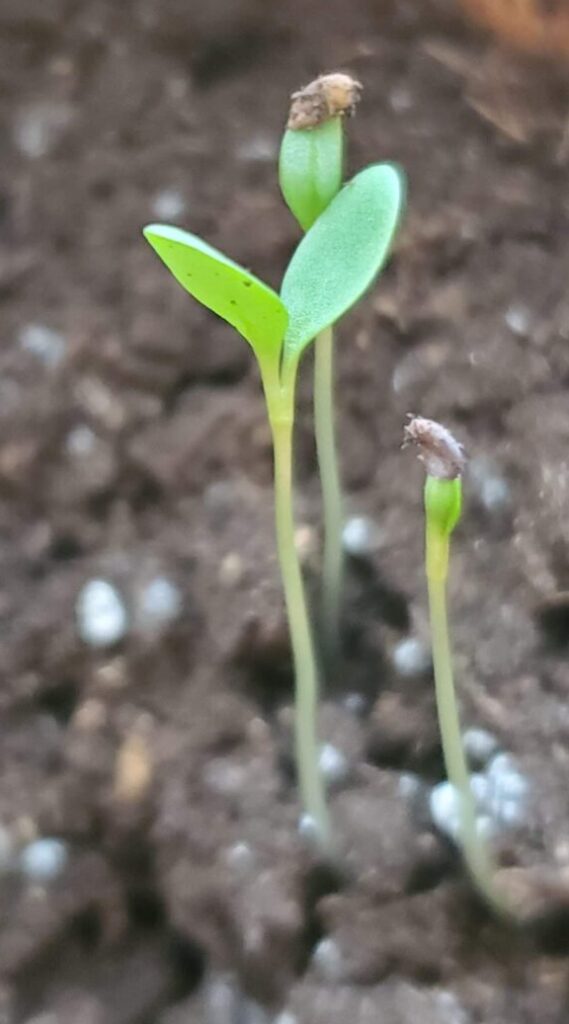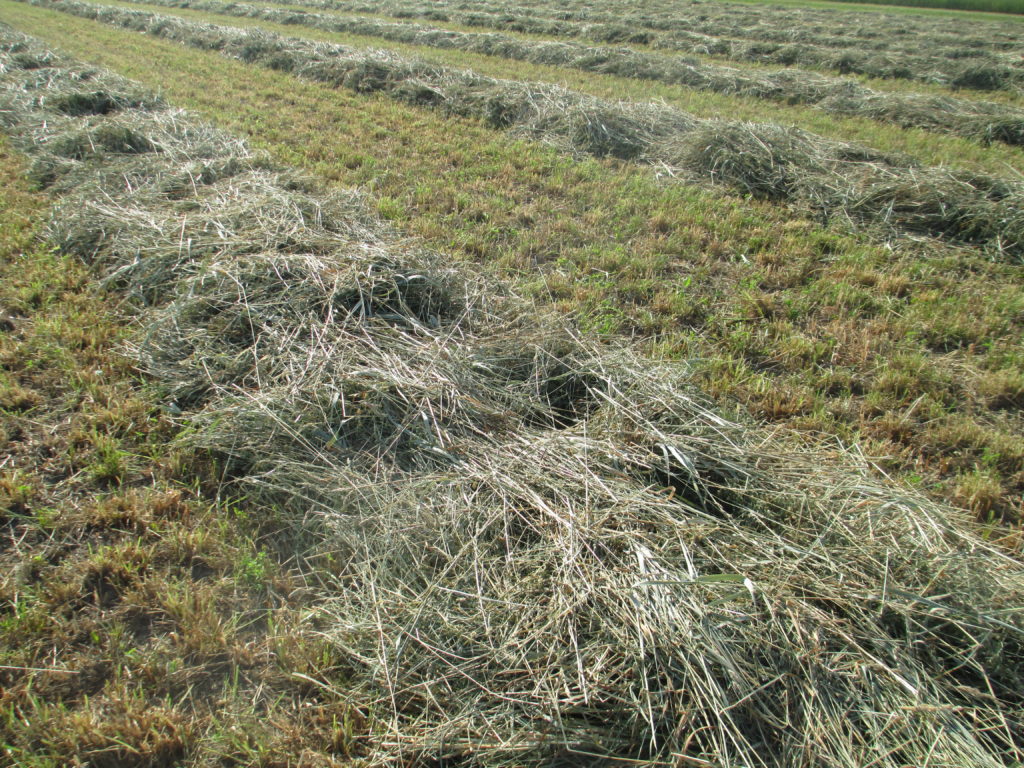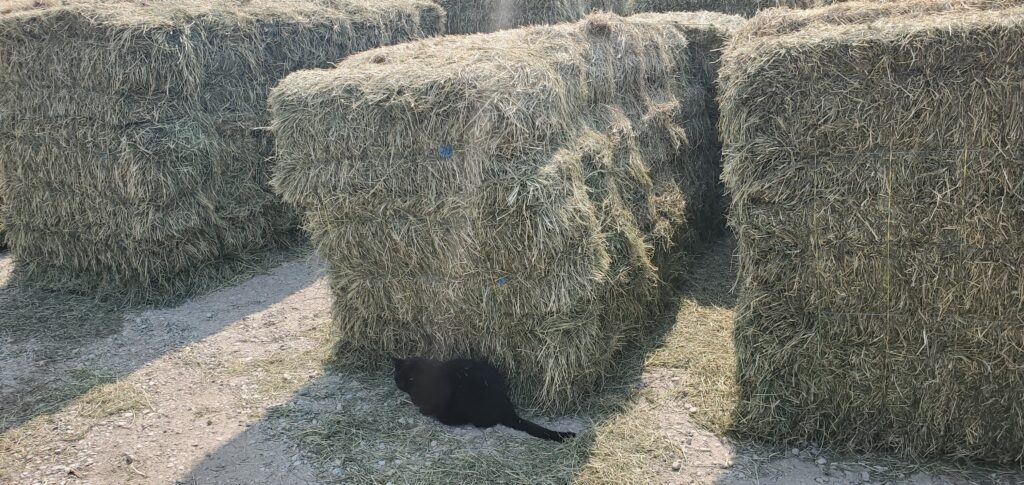Cover crop benefits for soil and cropping systems
Learn how cover crops help to maintain soil quality and crop productivity. Introduction Cover crops play an important role in maintaining soil quality and productivity on Ontario farms. Traditionally, they have been associated with reducing soil erosion and adding organic matter to the soil. Indeed, they are very strong in these categories: according to the […]





